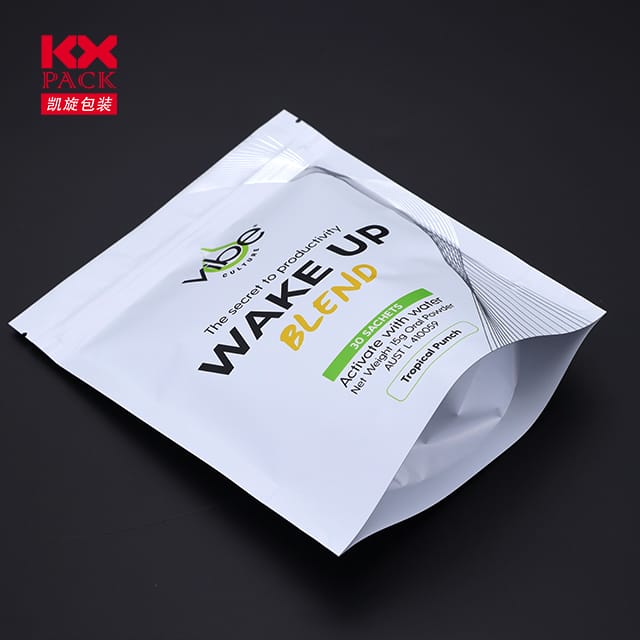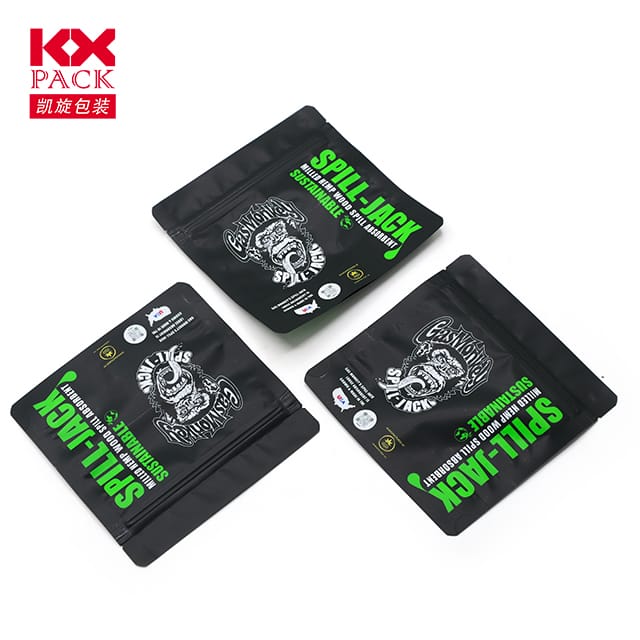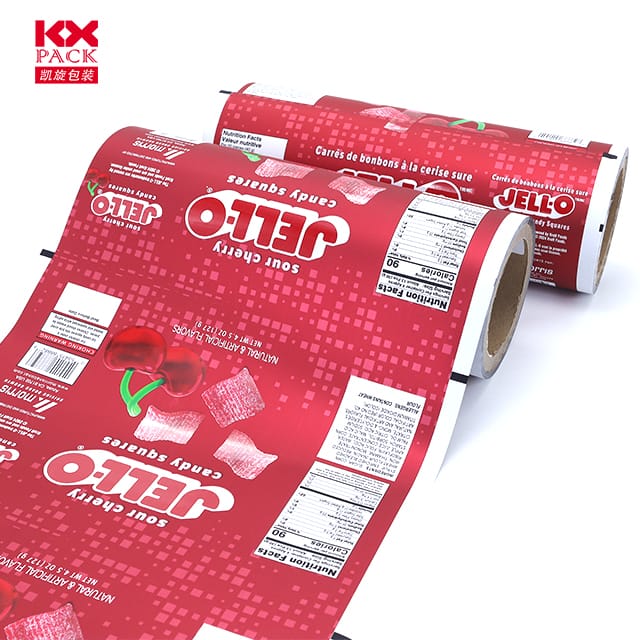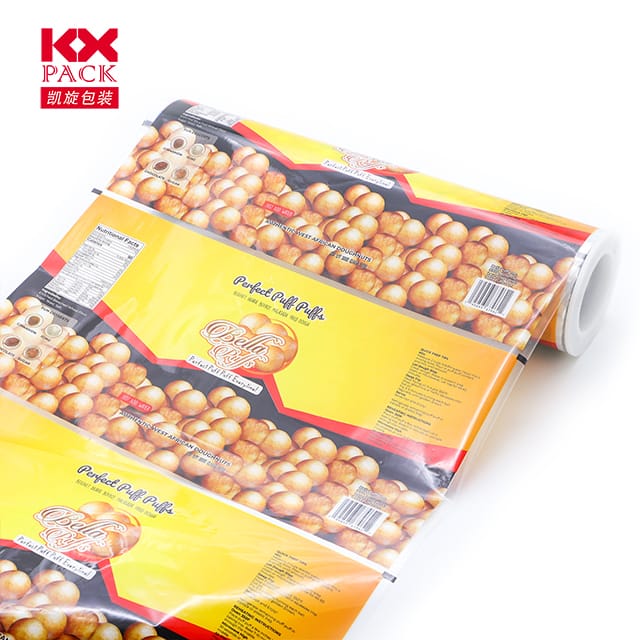Le evolusione ma le taua o meaai afifi ata: Mautinoa le saogalemu, Soifua Maloloina, ma le faigofie (2)
Food Package Film
I le aso lata mai o le lalolagi, meaai afifi ata taʻalo o se vaega taua i le faʻasaoina o le lelei, saogalemu, ma le avanoa o meaʻai tatou te faʻaaogaina i aso uma. Mai i fualaʻau manogi i lau pusaaisa i le sauni-i-e 'ai meaai mama i lau pantry, lea manifinifi, E masani ona le amanaiaina vaega o se mea leaga o le inisinia faaonapo nei. Let’s dive into why food package film matters, its technological advancements, ma le tuputupu ae o le taulaiga i le malo.
1. The Core Functions of Food Package Film
Food package film isn’t just about wrapping; it’s a science-backed solution designed to:
- Extend Shelf Life: By acting as a barrier against oxygen, susu, ma tagata vaivai, films like polyethylene (PE), polypropylene (PP), and biodegradable alternatives slow down spoilage and maintain freshness.
- Preserve Nutritional Value: Advanced films can block UV light and control gas exchange, preventing the degradation of vitamins and flavors in packaged foods.
- Ensure Food Safety: Hermetic seals created by these films shield products from pathogens, reducing the risk of foodborne illnesses.
- Enhance Convenience: Resealable zippers, easy-tear designs, and microwave-safe materials make modern packaging user-friendly.
2. Innovations Driving the Industry
The food packaging sector is constantly evolving, with breakthroughs in:
- Active Packaging: Films embedded with antioxidants, antimicrobial agents, or oxygen scavengers actively preserve food quality. Faataitaiga, a film containing iron-based oxygen absorbers can extend the shelf life of meat by days.
- Pulea Pulea: Sensors integrated into films detect spoilage by monitoring gases like CO₂ or pH changes, alerting consumers to freshness.
- Nanotechnology: Ultra-thin nanocomposite films offer superior barrier properties while using less material, Faaitiitia lapisi.
- Biodegradable Materials: Eco-friendly options like polylactic acid (Plan), maua mai le sana, and seaweed-based films are gaining traction as alternatives to traditional plastics.
3. The Sustainability Challenge
While food package film is indispensable, its environmental impact is a growing concern. Single-use plastics contribute to pollution, and recycling rates remain low. Peitai, the industry is rising to the challenge:
- O ata faʻapipiʻi: Brands are adopting materials that break down naturally in home compost systems, reducing landfill waste.
- Recyclable and Mono-Material Solutions: Simplifying packaging to use a single type of polymer (E.g., all-PE films) improves recyclability.
- Malamalama lelei: Reducing film thickness without compromising strength cuts down on raw material use and transportation emissions.
- Circular Economy Initiatives: Companies are exploring take-back programs and partnerships with recyclers to close the loop on packaging waste.
4. Consumer Trends Shaping the Future
Today’s shoppers are more conscious than ever, demanding:
- Malamalama: Clear labeling about packaging materials and recyclability.
- Minimalism: Eco-conscious consumers prefer less packaging and bulk-buying options.
- Functionality with Purpose: Films that not only protect food but also align with values like zero waste.
Fa'ai'uga: A Balancing Act
Food package film is a testament to human ingenuity—it keeps our food safe, reduces waste, and adapts to our evolving needs. Peitai, the path forward requires innovation, galulue faatasi, and a commitment to sustainability. A o tagata faatau, we can support brands prioritizing eco-friendly packaging, while manufacturers must invest in greener technologies.
The next time you unwrap a snack or store leftovers, take a moment to appreciate the science behind that thin layer of film. It’s not just packaging; it’s a guardian of quality, a shield against waste, and a symbol of our journey toward a more sustainable future.
What’s your take on food packaging? Fetufaai ou manatu i manatu o manatu i lalo! 🌱🍴







